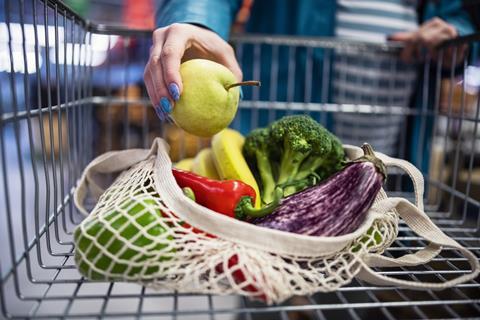
Heatwaves and wildfires across Europe act as a clear reminder to consumers about the reality of climate change, and nudge shoppers to choose products they believe to be more planet-friendly.
Yet, as the cost of living remains high, there is no guarantee shoppers can afford to make the most sustainable choices.
It’s created a tough situation for brands that are investing heavily in their sustainable goals. Finding a price point that consumers can afford, while adhering to principles that can incur extra cost, means it has never been more difficult to create and translate a green product point of difference into bottom line growth.
A recent study by Circana ranked price as the most important consideration for shopper choice, while sustainability ranked fifth of the five options given to shoppers, which included product qualities such as taste, health and ethical credentials.
Many choices perceived as more sustainable are being tossed aside for cheaper options. For example, the growing plant-based milk market had been capturing market share from dairy – around four percentage points during the three years from June 2019. However it is now losing share again, as its price premium over dairy becomes ever more of a barrier.
In fact, across the market, plant-based, vegetarian and organic options are struggling to hold value share as shoppers struggle to justify the premium they often carry over meat and dairy-based alternatives.
Even when green points of difference deliver shopper savings, such as with product refills, growth is not guaranteed. That’s especially when the refillable pack product is priced at a premium to the standard pack.
Finding those sustainable or ethical product attributes that matter most to shoppers – such as refillable packaging –is one thing, but getting the price right, for the majority of consumers, is critical.
One sector where we have seen a large amount of sustainable product innovation is in the cleaning product market. Brands are developing hybrid business models, marketing highly concentrated product refills that require just the addition of water, direct to consumers. These products are seeing growth, but that sustainable competitive advantage may be short-lived if they are easily copied.
And old habits can be hard to break. Laundry detergent gels, which save energy by enabling washing on a cooler temperature, still only hold 9.5% value share of the laundry detergent category – despite launching back in 2008. Even now they are experiencing only modest share growth.
The sustainable situation is slightly more nuanced when you look the preferences by generation or purchase propensity. For example, younger and older people (aged between 18-34 and over 65 years of age) place more importance on environmental and ethical credentials when choosing which brands to buy. More affluent households can also continue to put the planet first.
But for now at least, while green is certainly good, it doesn’t necessarily lead to bottom line growth.



![XOXO-Product-Shot[ALL FLAVOUR]-Sky-1920x1080](https://dmrqkbkq8el9i.cloudfront.net/Pictures/274x183/4/9/2/355492_xoxoproductshotallflavoursky1920x1080_806584_crop.jpg)



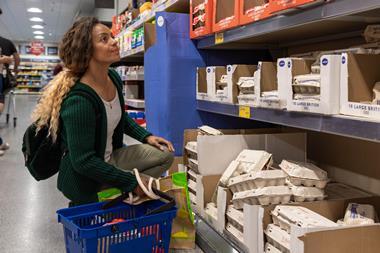
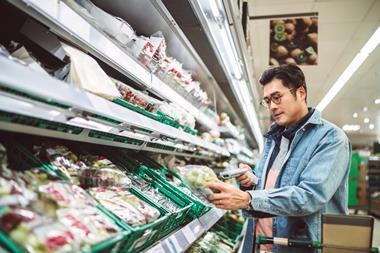
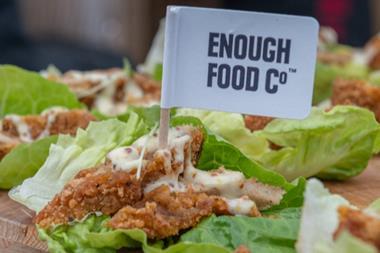
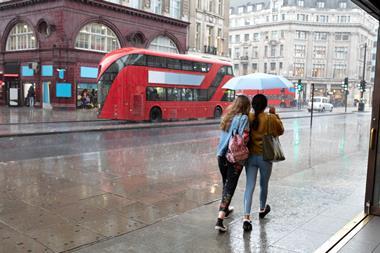
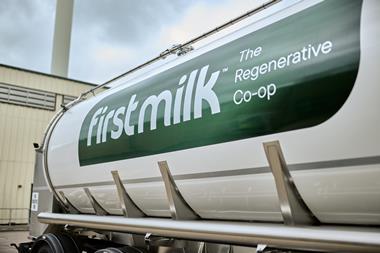
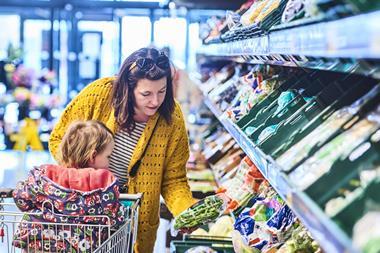
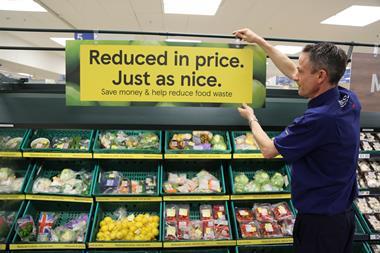

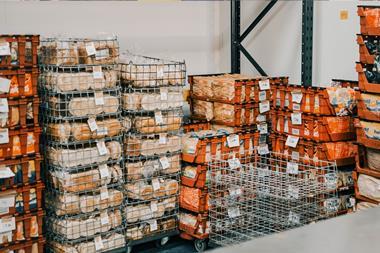

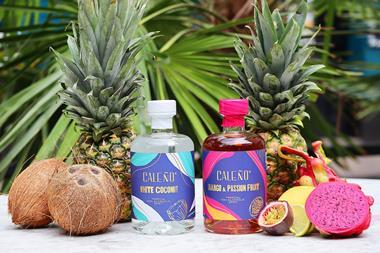
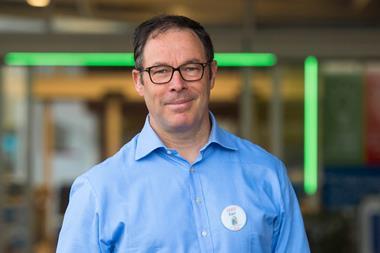
No comments yet